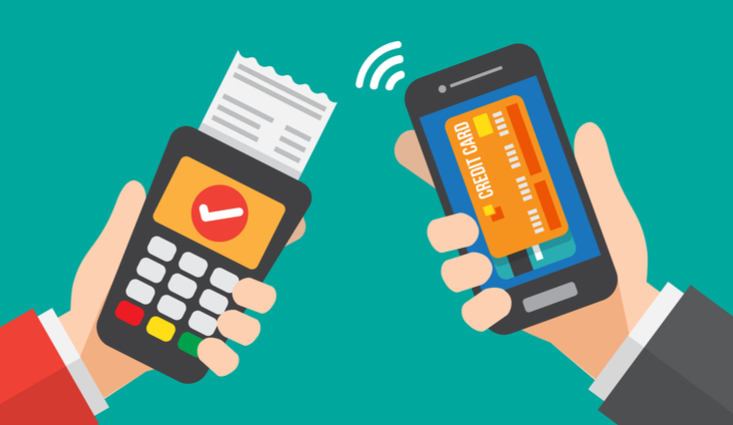In line with Bank Negara Malaysia’s vision of building a cashless nation, recent surveys and payment trends show that Malaysia actually is well on its way to becoming a cashless-embracing society. According to a study, 70% of Malaysians are supportive of cashless payments, giving them preference over traditional coins and notes due to the added convenience.
With the rising usage of digital transactions and Malaysians carrying around less cash, we explore 5 reasons as to why adopting cashless payments is gaining popularity in recent years.
1. Better Safe & Secure Than Sorry
Without the need to handle physical cash, this would greatly reduce crimes such as theft, robbery, and circulation of counterfeit money. The risk of losing money during a robbery is lower as further transactions can be blocked.
Digital payments do come with security features to prevent security risks and fraud. For example, debit cards that come with contactless features have a standard purchasing limit of RM250, spending more than that requires a PIN. That being said, it is also important to be wary of scams and to always keep your personal details secure.
2. Contactless Convenience
Remember when a cashier had to count cash payments and change? Not forgetting when you had to fiddle with your change and the struggle to stash it into your pockets – thus leading to frustrated customers behind you because of longer transaction times.
With cashless payments and with just either a swipe or tap, the exact amount is paid every time which can result in quicker transactions and shorter queues!
Digital payments are also automatically recorded in your statements, allowing you to keep track of where your money is going as well as giving you insights to your spending habits.
3. Sustainability – Money Is Still Paper
From deforestation to the emission of carbon dioxide, printing paper money carries more than a few environmental impacts – although there have been a few changes to money printing.
The introduction of polymer banknotes, which are likely to last 2.5 times longer than their paper counterparts, does help reduce replacement costs. Unfortunately, while our RM1 and RM5 polymer banknotes are recyclable, producing polymer notes actually emits almost 3 times more carbon dioxide than paper notes.
Therefore, paying with cards or going cashless reduces the need for physical cash and coins. Contactless payments such as debit cards also do have a longer shelf life and some debit cards are even made from recycled materials.
4. Access To Rewards, Discounts & More
With the festive season sales coming up, paying with cards or going cashless could get you the item you have been eyeing for even less. A few online shops often partner with banks to offer customers exclusive deals and discounts for their customers.
Not only that, dining or shopping with debit cards also offer benefits such as cashback, rebates, discounts, and even gifts and services that are not available with cash payments.
5. Reducing Contact During Covid-19
Due to the ongoing pandemic, using cashless payments complies with social distancing measures and reducing contact as much as possible. It was also reported by The World Health Organisation (WHO) that the use of banknotes could be a contributing factor to the spread Covid-19 as the virus can survive up to 28 days on paper.
As mentioned previously, cashless payments result in faster transaction times and less waiting time thus also reducing crowds in physical stores.









0 Comments